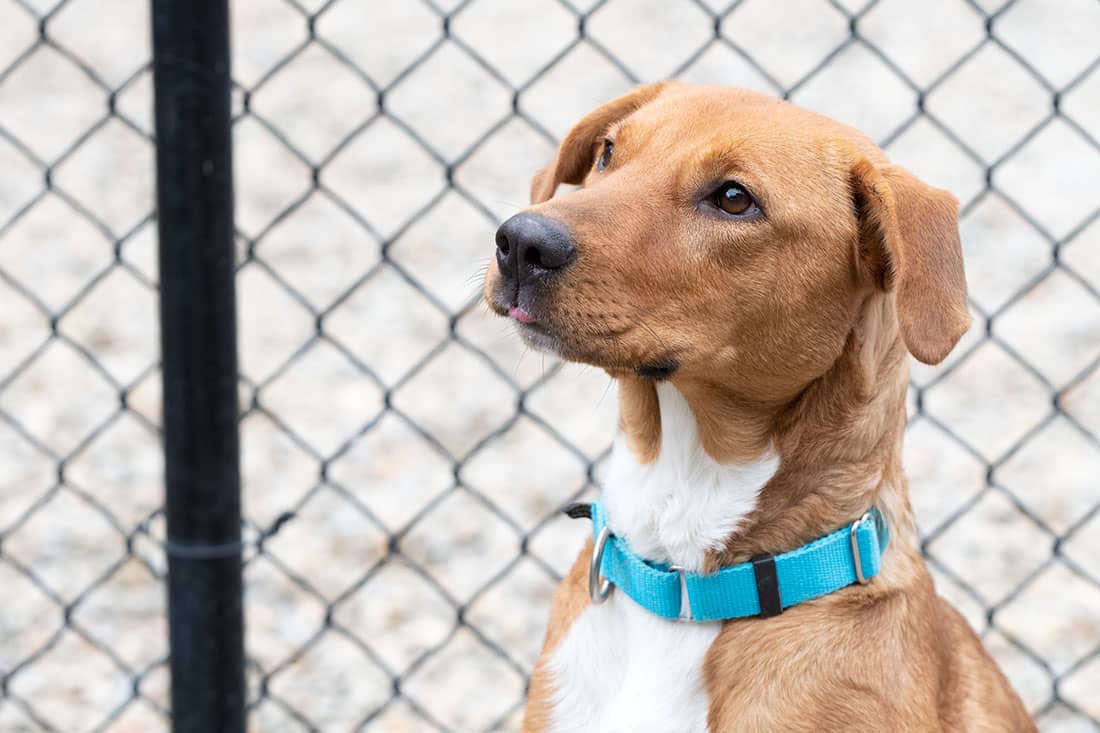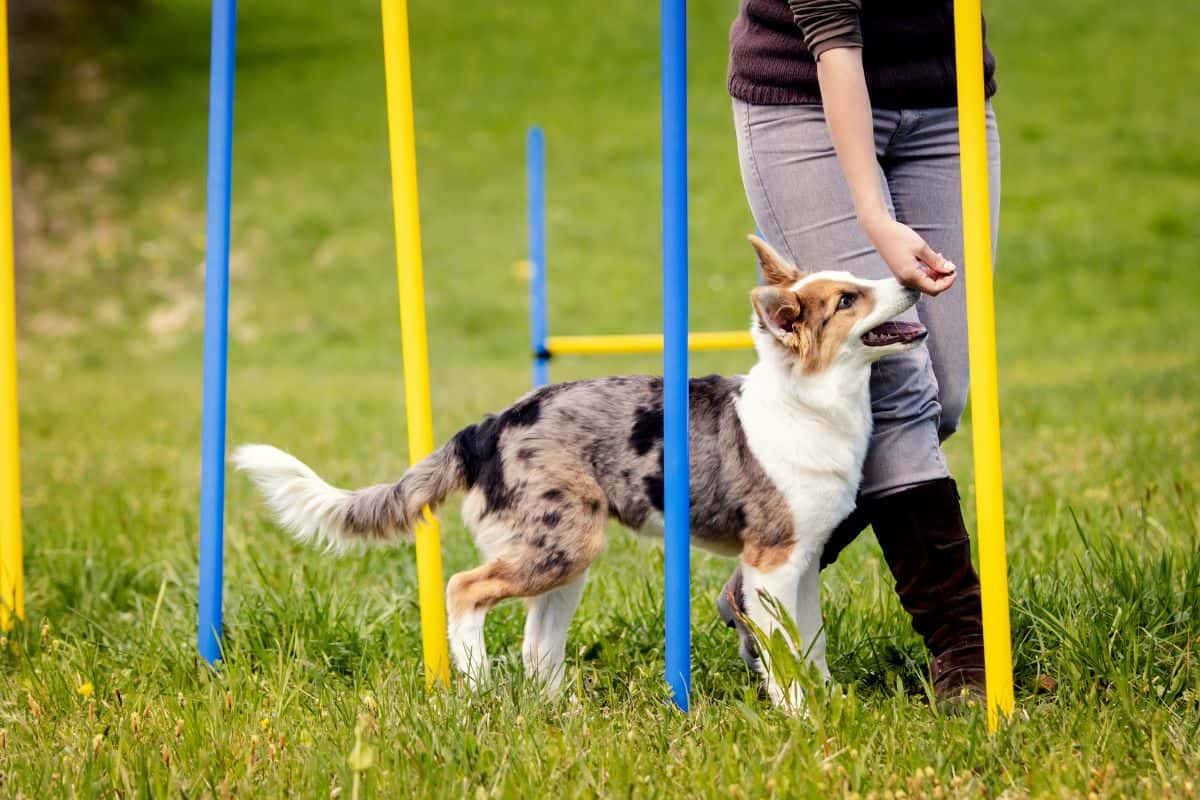The Ultimate Guide to Favorable Reinforcement in Dog Training
The Ultimate Guide to Favorable Reinforcement in Dog Training
Blog Article
Necessary Tips for Effective Dog Training: An Overview for Family Pet Owners
Efficient canine training is a complex process that calls for a strategic method tailored to both the pet's personality and the proprietor's goals. Understanding just how to navigate these obstacles can considerably enhance the training experience, inevitably transforming the partnership between proprietor and pet dog.
Recognizing Canine Habits
Understanding canine actions is necessary for effective training and promoting a harmonious connection in between dogs and their owners. Dogs communicate primarily with body language, vocalizations, and activities, making it important for owners to analyze these signals accurately. Acknowledging a pet's pose, tail position, and ear positioning can provide understandings right into its emotional state. As an example, a wagging tail does not always suggest happiness; it can additionally signal exhilaration or anxiousness.

Socializing plays a substantial duty in pet dog actions; direct exposure to numerous settings, individuals, and other animals can considerably affect a canine's temperament. Additionally, elements such as breed characteristics and individual personality need to assist training techniques, as some breeds may have details behavior qualities that require tailored strategies. By recognizing these elements, proprietors can create a helpful setting that encourages favorable habits, resulting in effective training results and a much deeper bond with their family pets.
Establishing Constant Commands
Effective interaction with your pet dog begins with developing consistent commands. This fundamental element of training is critical for promoting understanding in between you and your animal. Uniformity in the commands you utilize makes certain that your canine can accurately associate details words or phrases with the preferred behaviors.
When choosing commands, pick clear, distinct words that are simple to differentiate and state from one an additional. Avoid utilizing similar-sounding commands that might confuse your pet dog. For instance, using "sit" and "remain" is appropriate, however "rest" and "hit" might cause misunderstandings.
Furthermore, keep the very same tone and volume for every command. Pet dogs are delicate to singing signs, so varying your tone can produce confusion.
It is similarly crucial to make sure that all family members are on the very same web page relating to the commands utilized. A united front in command usage will certainly avoid mixed signals and reinforce the learning process.
Favorable Support Techniques
The power of positive reinforcement in dog training depends on its capacity to urge desired behaviors via benefits and appreciation. This technique is grounded in the concept that habits followed by beneficial outcomes are more probable to be repeated. By including favorable reinforcement right into your training regimen, you can successfully shape your canine's habits in a positive way.
To apply favorable support, it's vital to recognize what encourages your pet dog, whether it be deals with, toys, or spoken appreciation. When your pet does a preferred action, such as resting on command, right away reward them with a treat or affection. This organization in between the command and the positive end result enhances their understanding.
It's essential to timing the benefits properly; delivering the support within seconds of the desired habits helps your canine make the link (dog training). Additionally, uniformity is essential-- guarantee that all member of the family make use of the exact same commands and benefit systems to prevent complication

Slowly, you can lower the regularity of deals with as your pet discovers the habits, transitioning to praise or recurring rewards. This method not just promotes a solid bond in between read the article you and your pet however likewise promotes a positive understanding environment, making educating a pleasurable experience for both.
Socialization and Interaction
Consistently subjecting your pet to a variety of settings, people, and various other animals is essential for their social development. Socializing ought to begin navigate here early, ideally throughout the essential home window of 3 to 14 weeks, when puppies are most receptive to new experiences. Nonetheless, older pets can likewise take advantage of ongoing socialization efforts.
Present your pet dog to various settings, such as parks, pet-friendly stores, and urban areas. This direct exposure aids them adjust to numerous stimuli, minimizing anxiousness and concern feedbacks. Urge positive interactions with other pets and individuals, making certain that these experiences are controlled and safe to cultivate self-confidence.
Utilize organized playdates with courteous dogs, as this can boost your pet dog's social skills and educate them ideal habits. Obedience courses and training sessions likewise provide superb possibilities for socialization, permitting your pet to engage with others in a supervised setting.
Screen your pet's body language throughout interactions, as this will certainly assist you gauge their comfort degree. Slowly raise exposure to even more challenging circumstances while ensuring that each experience declares. A well-socialized pet is more probable to exhibit well balanced actions, making them a delight to have in any setting.
Resolving Common Training Challenges
Every pet dog owner will come across training obstacles at some time, no matter their pet dog's age or socializing level. Identifying common problems such as stubbornness, interruptions, and terror can aid in developing efficient approaches for improvement.

Disturbances throughout training sessions can thwart emphasis. To battle this, begin training in a silent environment with minimal stimulations. Gradually present distractions as the dog becomes more competent in commands. Short, frequent training sessions are also effective in maintaining focus.
Fearfulness can hinder a pet's understanding procedure. Gradual desensitization to the source of anxiety, coupled with favorable reinforcement, can aid relieve anxiousness. Persistence is essential; never compel a pet dog right into a circumstance that causes distress, as this might aggravate the problem.
Ultimately, understanding and addressing these usual difficulties with a structured technique will certainly foster an extra efficient training experience, enhancing the bond in between pet dog and proprietor while promoting reliable learning.
Conclusion
In summary, successful dog training counts on an extensive understanding of canine behavior, the facility of constant commands, and the application of positive support techniques. Socializing plays an essential duty in creating well-adjusted family pets, while dealing with usual training challenges needs patience and versatility. By implementing these necessary techniques, pet dog owners can promote a solid bond with their canines and advertise desirable habits, inevitably leading to a harmonious partnership between people and their canine friends.
Understanding canine actions is essential for efficient training and cultivating an unified relationship between dogs and their proprietors.Socialization plays a considerable function in pet behavior; exposure to different atmospheres, individuals, and various other animals can considerably affect a pet's temperament.The power of positive reinforcement in canine training exists in its capacity to urge wanted behaviors through rewards and praise. By integrating positive reinforcement into your training program, you can properly form your pet's actions in a constructive manner.
In summary, successful canine training relies on an extensive understanding of canine habits, the establishment of constant commands, and the application of positive reinforcement techniques.
Report this page